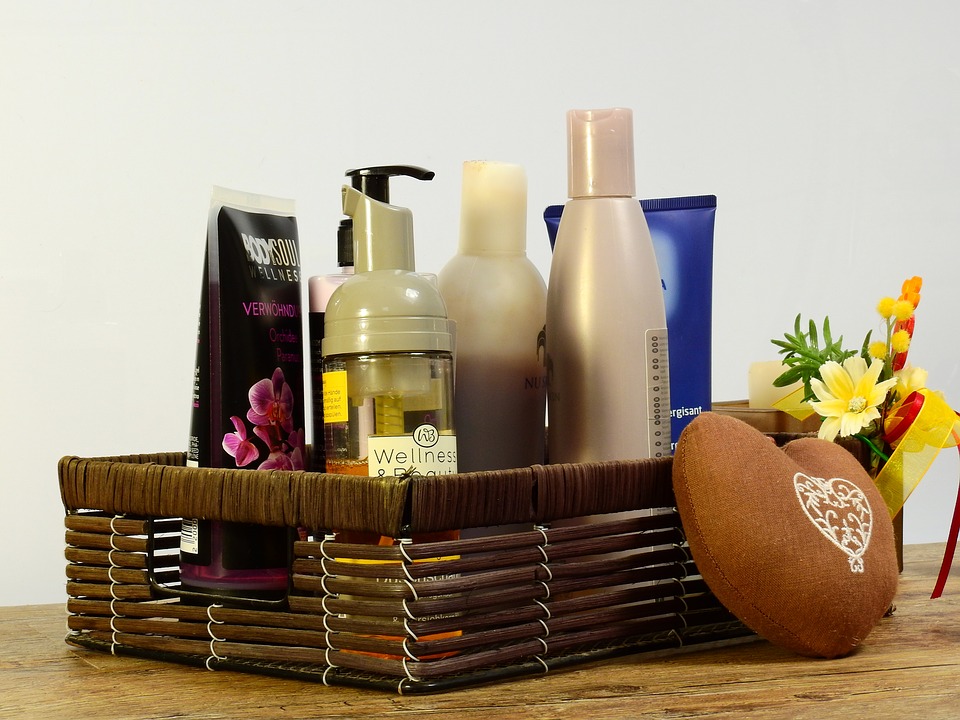Isnare Free Articles Portal

December 10, 2018
0 Comments
Everyone is entitled to his or her own opinion, so there is nothing wrong about openly discussing which product outstand the rest. There is also nothing wrong in recommending specific

